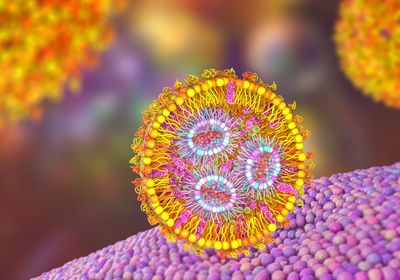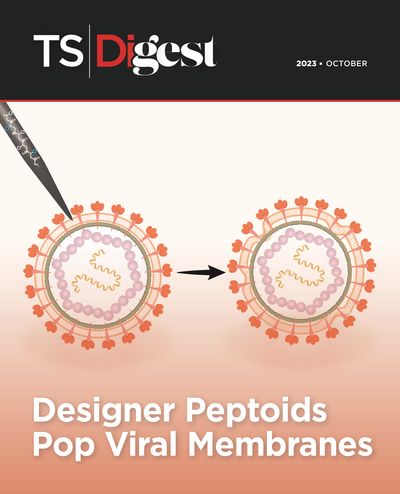The Debate| Article
Which Gene Therapy Delivery Vector Will Emerge Victorious?
In the race to deliver successful gene therapies, frontrunner AAVs come head to head with underdog lipid nanoparticles.
Delivery remains a huge challenge for gene therapies. Adeno-associated viruses (AAV) dominate the gene therapy landscape, but safety and efficacy concerns have led many to question whether it is time for a change. Meanwhile, billions of people received nonviral lipid nanoparticles (LNP) via COVID-19 mRNA vaccines, but with such a limited portfolio in genomic medicines, can LNP deliver? We asked two experts to weigh in on the viral versus nonviral conundrum.
 Defne Amado is a physician scientist at the University of Pennsylvania School of Medicine. She investigates AAV-mediated gene therapies for neurodegenerative diseases. University of Pennsylvania | Defne Amado AAV are powerful tools that offer one-time treatments with thus far unmatched targeting capabilities. Researchers modulate specificity by using different promoters or by introducing mutations in the AAV capsids that affect tropism and binding affinity.1 These evolved capsids are still nascent, but I believe that they are the way of the future.2 People are excited about LNP because you can load them with DNA, RNA, or protein. LNP are great at targeting the liver, but they’re just not there yet for targeting the brain. On the flip side, AAV risk patients developing neutralizing antibodies that can prevent delivery of the gene.3 Also, AAV’s limited packaging capacity means that they cannot deliver large genes. Lastly, the high doses of AAV required for some therapies may cause off-target toxicity. |
 Gaurav Sahay is a biomedical engineer at Oregon State University. He researches lipid-based nanoparticles for the delivery of mRNA therapies in animal models of cystic fibrosis and retinal degeneration. Oregon State University | Gaurav Sahay LNP offer a promising nonviral approach. Their greater packaging capacity than AAV means that we can target larger genes and deliver larger cargos like prime editors.4 Unlike AAV, LNP expression is transient, which is a double-edged sword. While it is safer than AAV-mediated gene editing, it requires repeated injections. Currently, LNP have limited targeting capabilities. When LNP enter the body, the endogenous protein apolipoprotein E (ApoE) binds to the surface and shuttles them to the liver, which limits their targeting to the liver. However, people are using novel methods like barcoding to screen for molecules that bind to different endogenous proteins for transport. Another approach that my team and other researchers are looking into is adding targeting ligands to LNP; however, ApoE binding is still a concern.5 |
These interviews have been condensed and edited for clarity.
References
- Kulkarni JA, et al. Nat Nanotechnol. 2021;16(6):630-643.
- Tabebordbar M, et al. Cell. 2021;184(19):4919-4938.
- Weber, T. Front Immunol. 2021;12:658399.
- Herrera-Barrera M, et al. AAPS J, 2023;25:65.
- Herrera-Barrera M, et al. Sci Adv, 2023;9:eadd4623.


